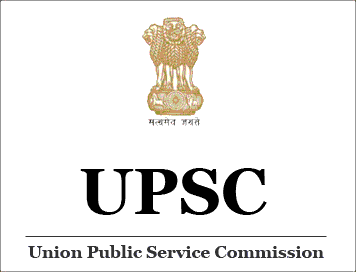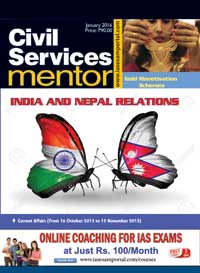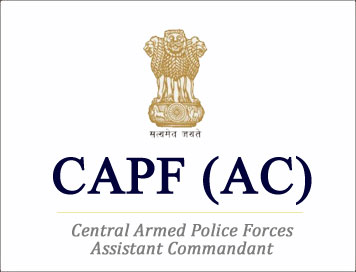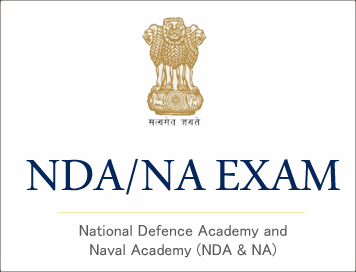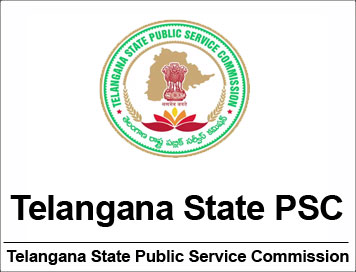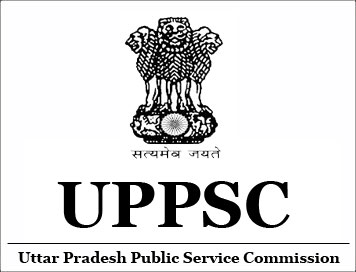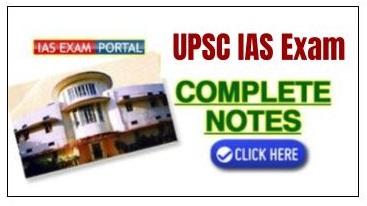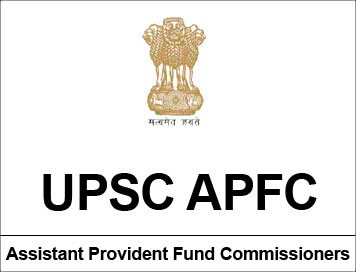
UPSC Assistant Provident Fund Commissioners (APFC) Exam Paper
- 2016 "held on 10-1-2016"
Time Allowed: 2 Hours
Maximum Marks: 100
Answers have been provided on a best effort basis and every
attempt has been made to maintain high accuracy and correctness of the key
provided. However, an error rate not exceeding +/- 2% can be assumed given the
nature of Question Paper.
1. LAN, WAN and MAN are computer networks covering different areas. Their
first alphabets L, W and M respectively stand for
(a) Local, World and Middle
(b) Long, Wireless and Metropolitan
(c) Local, Wide and Metropolitan
(d) Least, Wireless and Maximum
2. A rectangular garden is to be twice as long as its width. If 360m of
fencing including gates will totally enclose this garden, what is the length of
the garden?
(a) 120 m
(b) 130 m
(c) 140 m
(d) 150 m
3. The ‘Cloud Computing’ technology refers to
(a) A set of algorithms that solves problems using fuzzy logic
(b) Many computers that are interconnected through wireless networks and
satellites
(c) A distributed computer architecture that provides software, infrastructure
and platforms just as required by applications/users
(d) A futuristic technology that will use clouds to perform computing
4. Consider the following statements for Nano-technology:
It is the technology of creating materials and devices atom-by-atom.
Physical properties change at the nanometre scale.
Chemical properties change at the nanometre scale.
Which of the above statements are correct?
(a) 1 and 2 only
(b) 1 and 3 only
(c) 2 and 3 only
(d) 1, 2 and 3 only
5. The large Hadron Collider (LHC) used in the CERN project is a particle
accelerator located on the border between
(a) Spain and France
(b) France and Germany
(c) Spain and Switzerland
(d) France and Switzerland
6. The method of communication in which transmission can take place in
both directions, but happens only in one direction at a time, is called
(a) Duplex
(b) Half Duplex
(c) Full Duplex
(d) Simplex
7. A collection of programs that controls how the computer system runs and
processes information is called
(a) Compiler
(b) Operating System
(c) Linker
(d) Assembler
8. SMPS is the acronym for
(a) Store Mode Power Supply
(b) Single Mode Power Supply
(c) Switch Mode Power Supply
(d) Start Mode Power Supply
9. USB is the acronym for
(a) Uniform Service Broadcasting
(b) Unique Solution Bus
(c) Universal Serial Bus
(d) Universal Service Broadcasting
10. In a chess tournament, each of the six players will play with every
other player exactly once. What is the number of matches that will be played
during the tournament?
(a) 10
(b) 15
(c) 20
(d) 25
11. The Maternity Benefit act, 1961 (M.B Act) Provided for how many week’s
wages during the maternity period?
(a) 11 weeks
(b) 12 weeks
(c) 13 weeks
(d) 14 weeks
12. Which of the following are the instruments of providing social
security in India?
- Income Tax
- Employees’ Provident Fund
- General Sales Tax
- LIC
- National Pension Scheme
- Postal provident Fund
Select the correct answer using the codes given below:
(a) 1, 2, 3 and 4
(b) 2, 3, 4 and 5
(c) 2, 4, 5 and 6
(d) 3, 4, 5 and 6
13. A man buys apples at a certain price per dozen and sells them at 8
times price per hundered. What percentage does he gain or lose?
(a) 4% profit
(b) 6% profit
(c) 4% loss
(d) 6% loss
14. For which time intervals, is the percentage rise of population the
same for the following data?
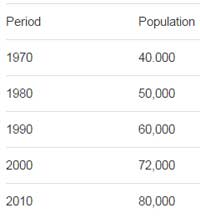
(a) 1970-80 and 1980 -90
(b) 1980-90 and 1990-2000
(c) 2000-2010 and 1990-2000
(d) 1980-90 and 2000-2010
15. Four quantities are such that their arithmetic mean(A.M) is the same
as the A.M of the first three quantities . The fourth quantity is
(a) Sum of the first three quantities
(b) A.M of the first three quantities
(c) (Sum of the first three quantities)/4
(d) (Sum of the first three quantities)/2
16. If the difference of two numbers is greater than the sum of the
numbers, then
(a) Both the numbers are negative
(b) Exactly one of the numbers is negative
(c) At least one of the numbers is negative
(d) None of the above
17. A palindrome is a number which reads the same from left as well as
right, for example, 23732, what is the number of palindromes between 10 and
1010?
(a) 101
(b) 100
(c) 99
(d) 90
18. In writing all the integers from 1 to 300, how many times is the digit
1 used?
(a) 160
(b) 140
(c) 120
(d) 110
19. Consider the sequential integers 27 to 93, both included in the
sequence. The arithmetic average of these numbers will be
(a) 61.5
(b) 61
(c) 60.5
(d) 60
20. Consider the following statements in respect of Atal Pension Yojana:
- Beneficiary must be in the age group of 18 to 40 years.
- Beneficiary will receive the pension only after he attains the age of 60
years.
- After the death of a beneficiary, his spouse continues to receive the
pension.
- No nominee of the beneficiary is permitted.
Which of the above statements are correct?
(a) 3 and 4 only
(b) 1, 3 and 4 only
(c) 1, 2 and 3 only
(d) 1, 2, 3 and 4





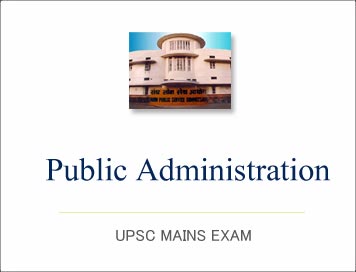
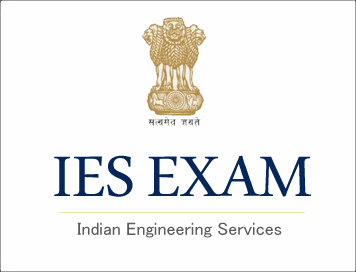
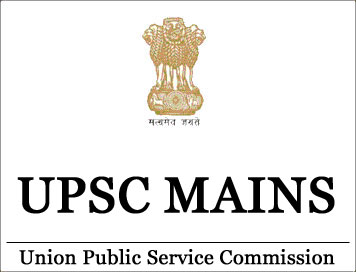
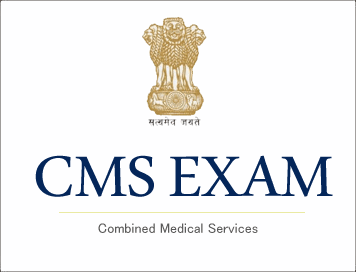
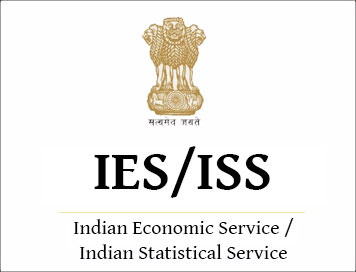
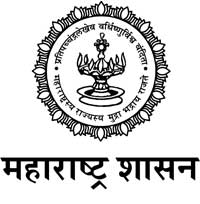 The
Maharashtra government has decided to give scholarships to encourage students to
clear their Union Public Service Commission (UPSC) exam. The decision was taken
in the cabinet meeting on Tuesday.
The
Maharashtra government has decided to give scholarships to encourage students to
clear their Union Public Service Commission (UPSC) exam. The decision was taken
in the cabinet meeting on Tuesday.